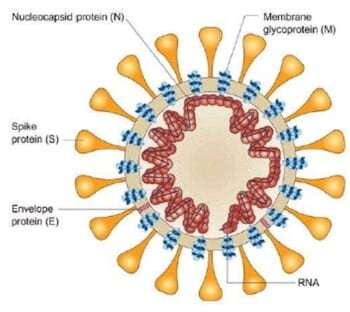Researchers look to 'trap and zap' coronavirus

Rice University researchers plan to reconfigure their "trap and zap" wastewater-treatment technology to capture and deactivate the virus that causes COVID-19.
Rice civil and environmental engineer Pedro Alvarez and bioscientist Yizhi Jane Tao have won a National Science Foundation (NSF) RAPID grant to develop a "novel approach for selective adsorption and photocatalytic disinfection" of SARS-CoV-2.
Their chemical-free nanotechnology, introduced earlier this year as a way to kill bacterial "superbugs" and degrade their antibiotic resistance genes in wastewater, would employ graphitic carbon nitride customized at the molecular level to selectively absorb viruses and then disable them by activating nearby catalysts with light.
Alvarez said the team aims to develop a system that is fast, efficient and reliable "under realistic scenarios."
"COVID-19 might be a dress rehearsal for even more lethal infectious diseases that are very difficult to control," said Alvarez, director of the Rice-based, NSF-backed Nanosystems Engineering Research Center for Nanotechnology-Enabled Water Treatment (NEWT). "We need to enhance the capacity and resiliency of multimedia treatment processes—especially air filtration and wastewater disinfection—to protect public health.
"SARS-CoV-2 has been found in air ducts, suggesting it could spread through a building's air conditioning system, and in stool, even from patients who have tested negative for COVID-19," he said. "That suggests it could reach wastewater treatment plants, where it could survive for days."
While the researchers will test their work in the lab on similar but less-virulent strains, they expect their trap-and-zap treatment approach will recognize coronaviruses that cause not only COVID-19 but also MERS and SARS, according to the project abstract.
Alvarez is the George R. Brown Professor of Civil and Environmental Engineering and a professor of chemistry and of chemical and biomolecular engineering. Tao is a professor of biosciences.
More information: Read the abstract at www.nsf.gov/awardsearch/showAw … storicalAwards=false.




















